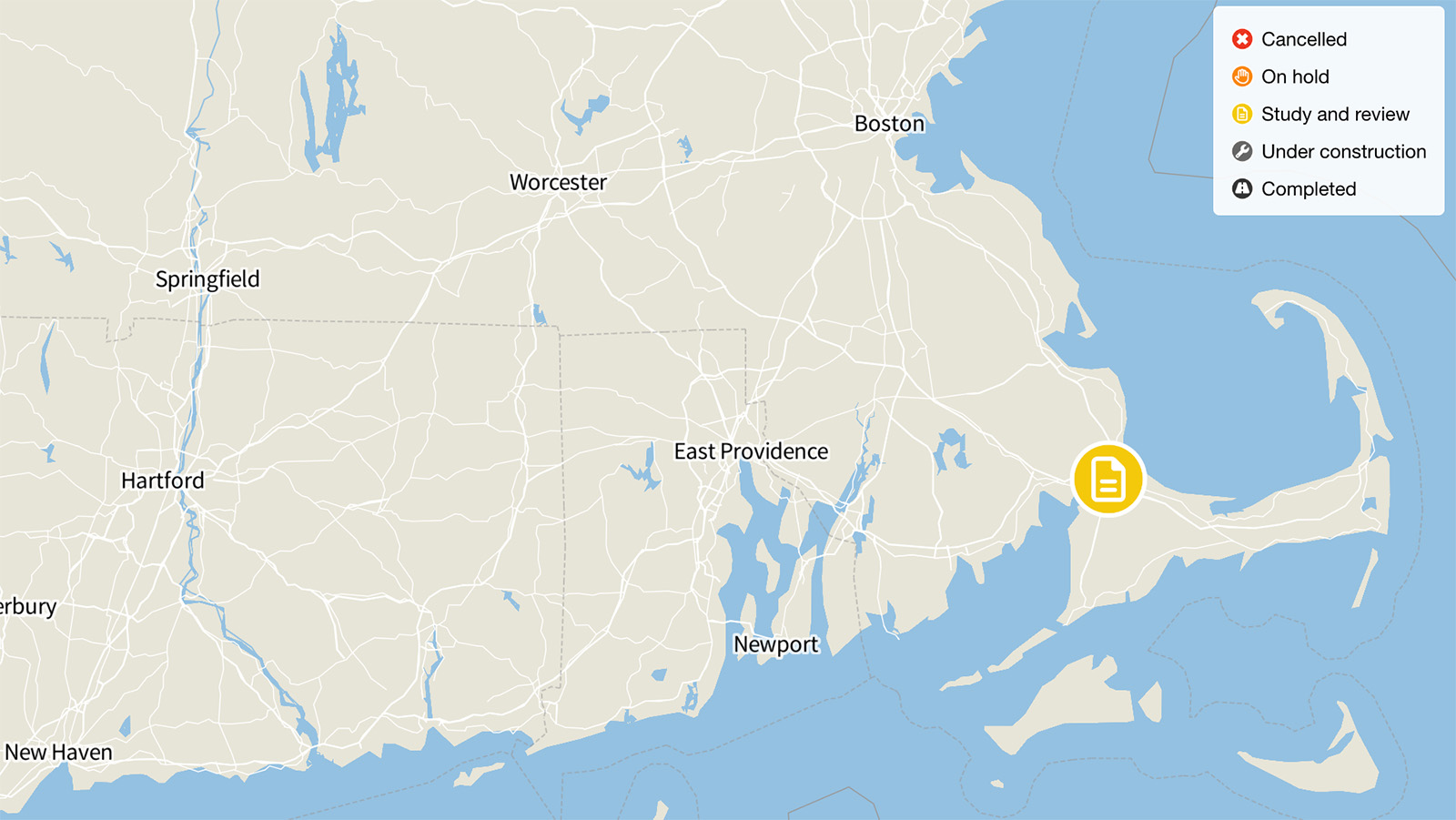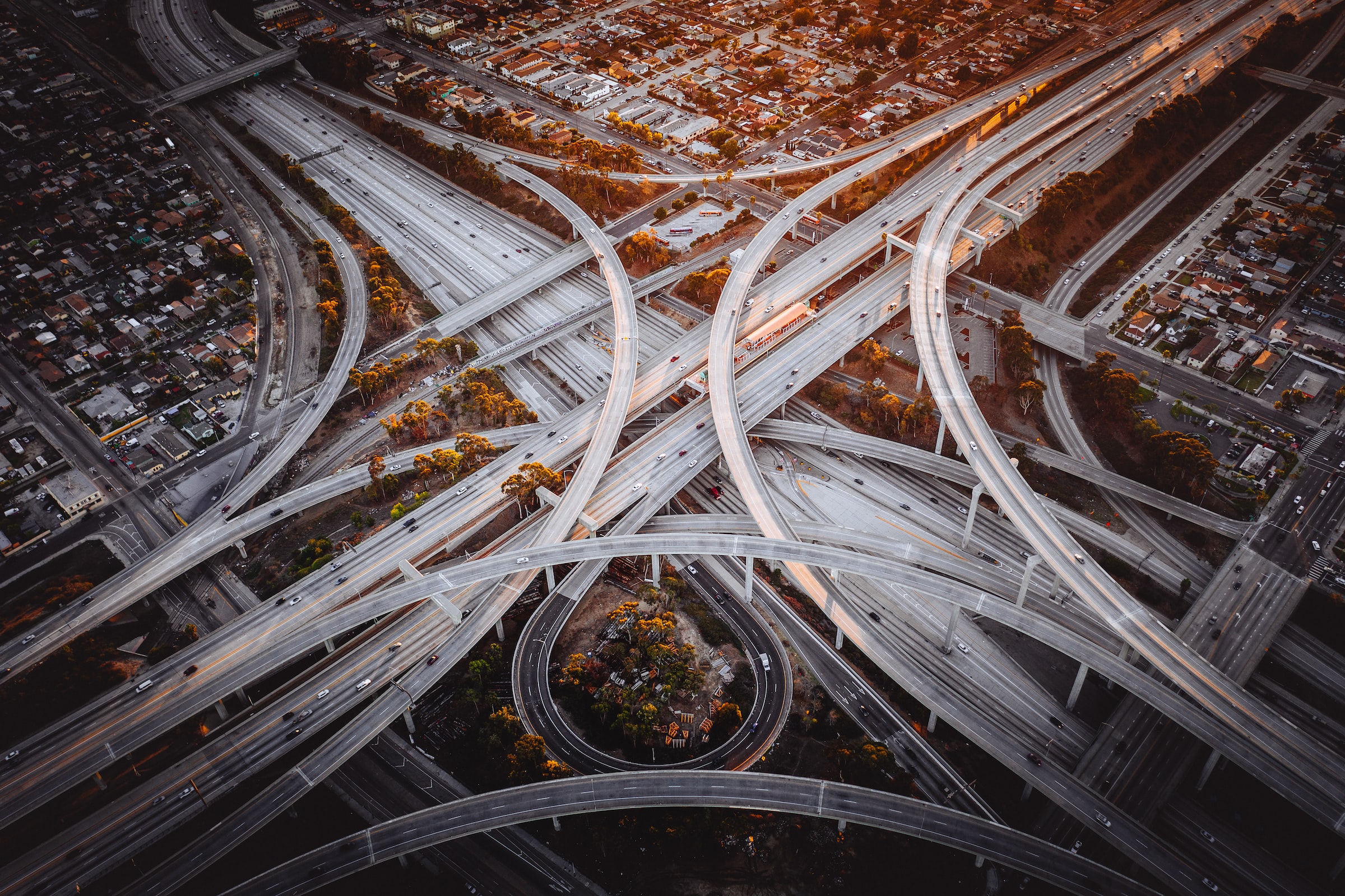
Illliana Expressway, Illinois and Indiana
Illinois and Indiana are proposing to build a new highway across the far southern extent of the Chicago metropolitan area at a cost of more than $1 billion—and perhaps as much as $3 billion. Intended to divert truck traffic from Interstate 80, the tolls charged to finance the highway could instead discourage trucks from using the roadway.
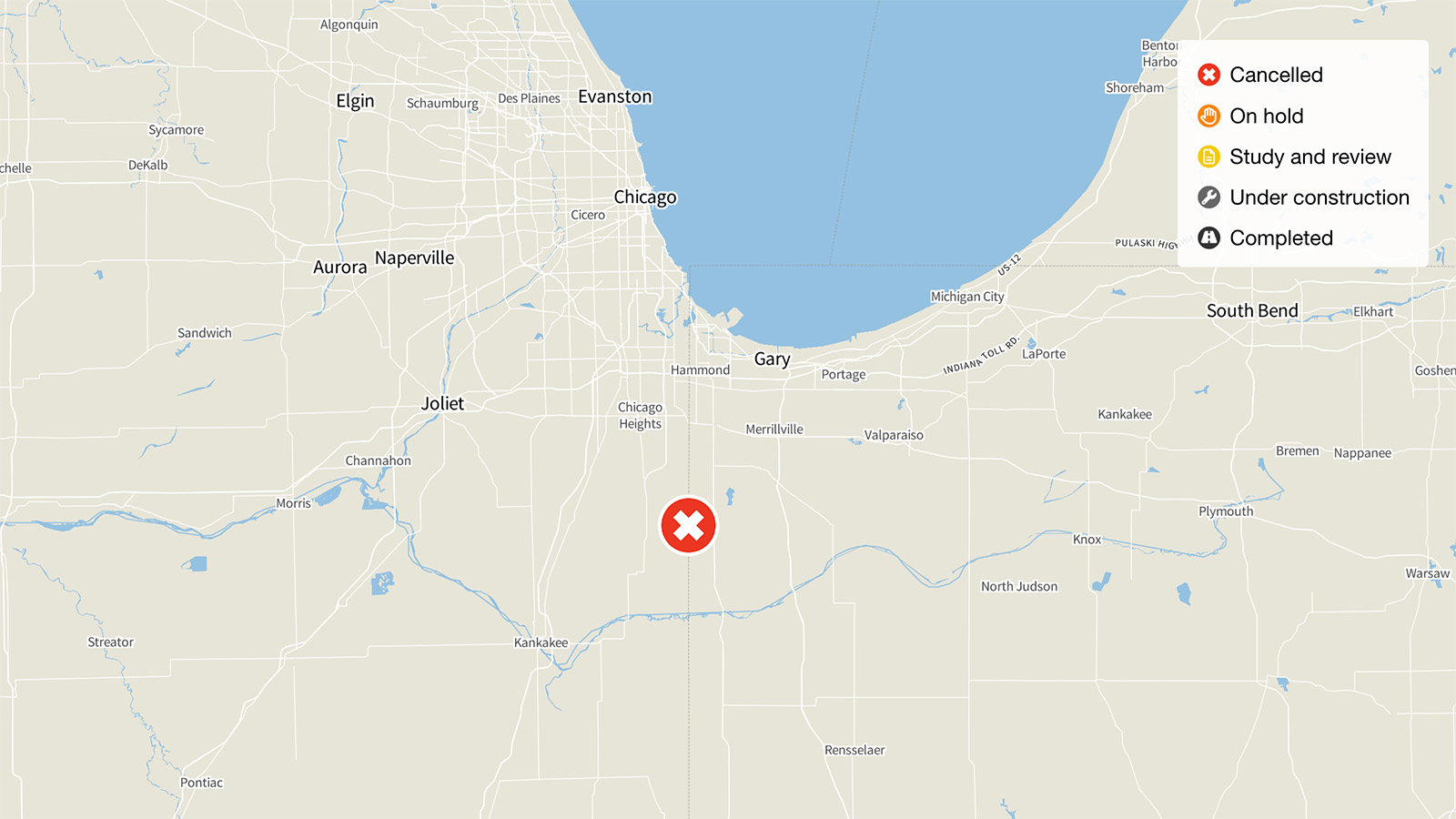
Status: Canceled
Originally reported cost: $1.3 billion to $2.8 billion
Update for current status:
As of September 2023, the Illliana Expressway project has been canceled.
Update from Highway Boondoggles 4, 2018:
The Illiana Toll Road project – a $1.3 billion highway intended to stretch from I-55 in Illinois to I-65 in Indiana. The project was put on hold by Illinois governor Bruce Rauner in 2015 after the project faced harsh public criticism, though concerns remained that it could be resurrected. The organizations Openlands, Midewin Heritage Association and Sierra Club Illinois also won a major lawsuit in October 2016 against the project, following an earlier case in which a court ruled the environmental review of one portion of the project violated U.S. environmental law, calling it “arbitrary and capricious.” Because the environmental review for another portion of the project relied on that initial review, the judge declared it to be invalid.
Original story from Highway Boondoggles, 2014:
Illinois and Indiana are proposing to build a new highway across the far southern extent of the Chicago metropolitan area at a cost of more than $1 billion—and perhaps as much as $3 billion. Intended to divert truck traffic from Interstate 80, the tolls charged to finance the highway could instead discourage trucks from using the roadway.
The proposed Illiana Expressway would extend from I-55 in Wilmington, Illinois, to I-65 in Hebron, Indiana, at the southernmost reach of the Chicago metropolitan area, traversing a largely rural and thinly populated area.
The wisdom of the project has been questioned by staff of the region’s metropolitan planning organization, the Chicago Metropolitan Agency for Planning (CMAP), which said the project “expose[s] the State of Illinois to extensive financial risk,” even as it offered “unsubstantiated economic development potential” and “negligible impacts on regional transportation performance.” Further, the staff criticized the planning process for significantly underestimating potential costs—by at least 30 percent and possibly as much as 400 percent as compared with other similar highway projects around the country. A memo from the CMAP staff also notes that the staff projections show an economic impact only one-fifth as large in 2040 as that projected by the highway’s planners.
Despite objections from Chicago Mayor Rahm Emanuel and Cook County Board President Toni Preckwinkle, and the CMAP board’s resounding rejection of the tollway in a 10 to 4 vote, the Illinois Department of Transportation (IDOT) is proceeding with the tollway on the basis of a vote of approval by CMAP’s policy committee. In October, the CMAP board will consider a regional comprehensive plan that includes the Illiana. Environmental groups have brought a lawsuit challenging IDOT’s continued development of the tollway, alleging that the committee vote violated the required approval process laid out in Illinois law. Cost estimates for the highway range between $1.3 billion and $2.8 billion if related work on connecting roads is included. Illinois taxpayers are already on the hook for $250 million of that cost, and Indianans will pay an additional $80 million to $110 million, even though the road is set to be built and operated by a private company that will charge tolls and profit from the proceeds.
Those cost numbers are just starting points. To make the project attractive for potential private-sector partners, Illinois taxpayers would have to kick in between $440 million and $1.1 billion in subsidies, and Indiana taxpayers will need to contribute additional amounts. According to CMAP staff, too few details of a proposed public-private partnership are available to make a more precise estimate of the public contribution, but the lower the toll rates will be, the more public support will be needed. This is problematic because higher toll rates will reduce actual use of the road.
It is unclear how much demand there actually is from drivers for the new route. The financing of the road is premised on strong and growing toll proceeds, yet tolling will reduce the number of drivers using the road—and therefore reduce the road’s potential benefit to the transportation system. Many drivers avoid toll roads, especially when tolls are high and there are toll-free alternatives. Trucks are even more likely than passenger cars to stay away and the larger the truck, the more likely it will go elsewhere. At even the lowest level of toll considered by the proposal, more than half the tractor-trailer trucks that would use the road if it were free are expected to avoid it; at the highest considered toll, more than 80 percent will use other roads instead. Further undermining the arguments for the road’s utility are planners’ traffic projections for the 18-county region that is designated as being affected by the Illiana project. The data show that from 2001 to 2010, the number of vehicle-miles traveled (VMT) in the region grew by an average rate of 0.42 percent a year. But official IDOT projections still anticipate rates of driving increase from the Driving Boom era. IDOT projects that from 2010 to 2040, VMT would grow more than twice as fast as last decade, at an annual rate of 0.91 percent. So far, since 2010, the region’s VMT has actually dropped by an average rate of 0.49 percent per year.

Topics
Find Out More

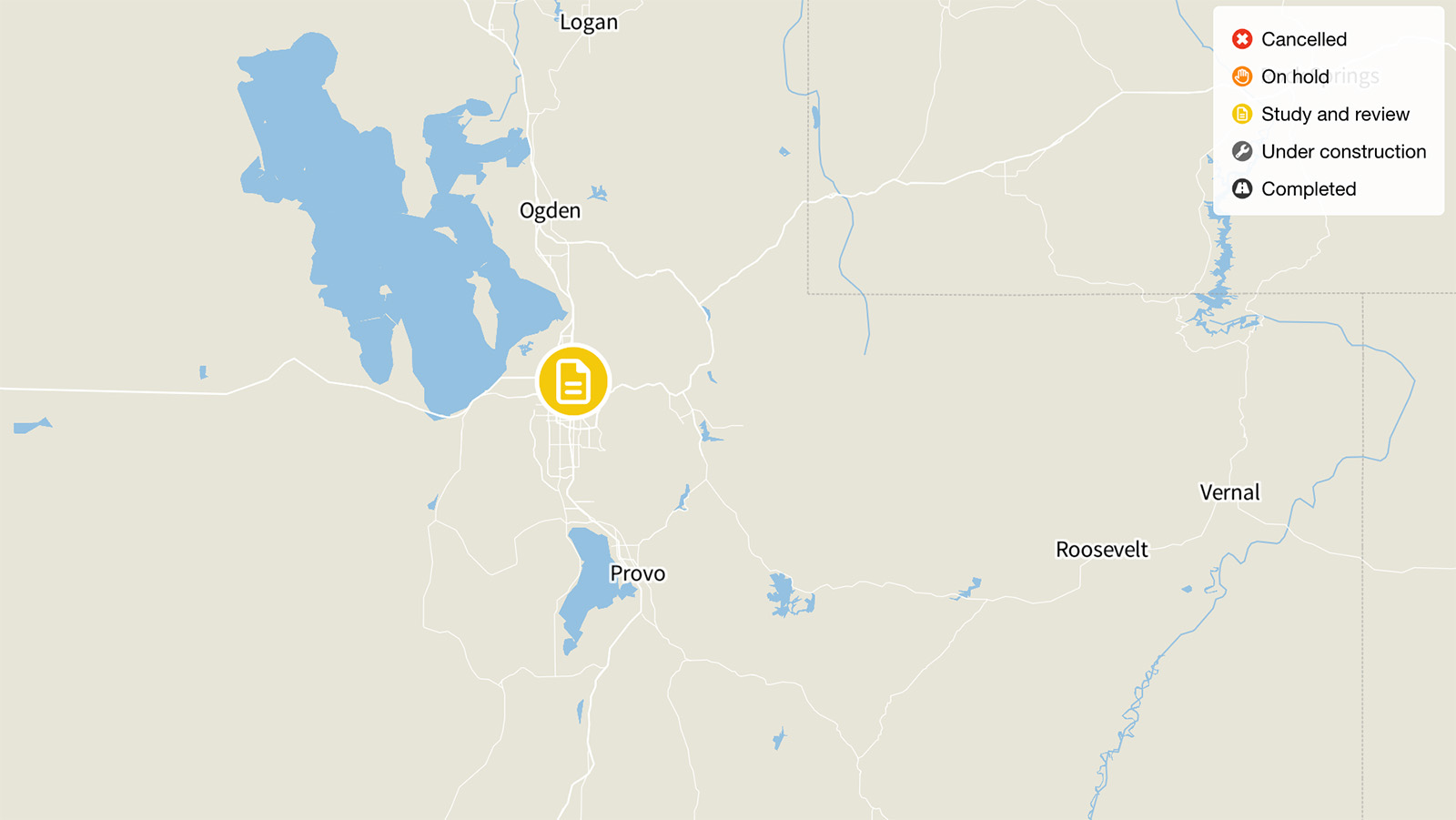
I-15 Expansion, Salt Lake City
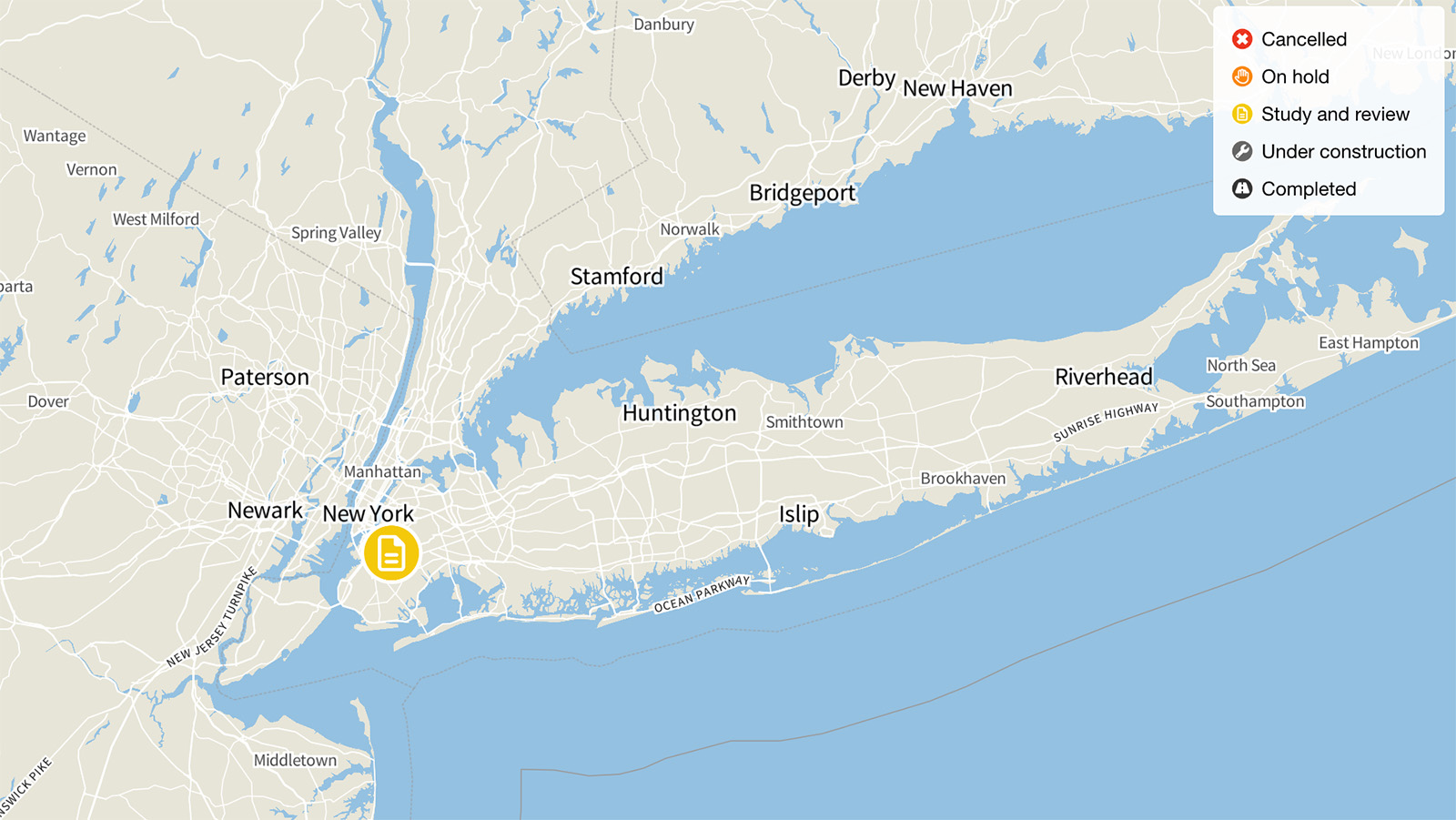
The Brooklyn-Queens Expressway, New York
